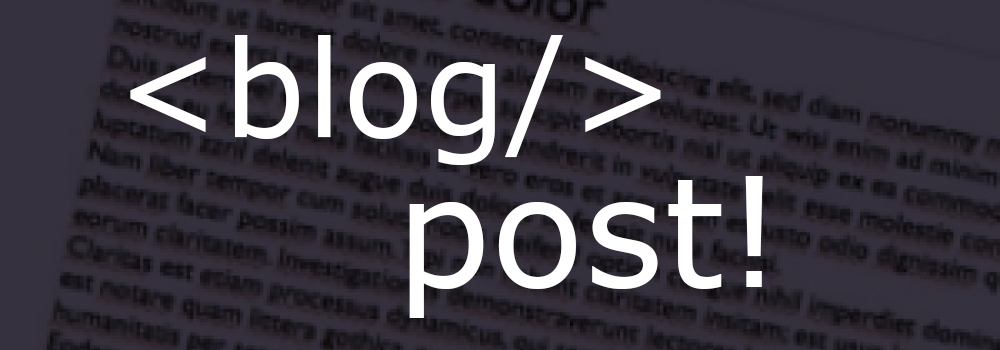Autogen Multi-Agent Framework: Simplifying the Development of AI Agents

In the field of artificial intelligence, developing and deploying multi-agent systems can be a complex and challenging task.
However, the Autogen framework simplifies this process by providing developers with a comprehensive set of tools and libraries. In this blog post, we will explore the key features of Autogen and its use cases in the development of AI agents.
-
Agent Abstraction: Autogen offers a high-level agent abstraction that allows developers to define the behavior and capabilities of individual agents. With this feature, it becomes easier to represent and manage agents, simplifying the development process.
-
Communication Protocols: Autogen supports various communication protocols, enabling agents to exchange information and coordinate their actions effectively. This seamless collaboration ensures efficient decision-making among agents within the system.
-
Environment Modeling: With Autogen, developers can model the environment in which agents operate. This capability allows agents to perceive and react to their surroundings, leading to more effective decision-making and action.
-
Learning and Adaptation: The Autogen framework incorporates machine learning algorithms, enabling agents to learn from data and adapt their behavior over time. This feature empowers agents to continuously improve their performance and make intelligent decisions based on evolving circumstances.
-
Decision-Making: Autogen provides decision-making frameworks that allow agents to make informed choices based on their goals, available information, and environmental factors. This ensures that agents maximize their efficiency and achieve optimal outcomes within the multi-agent system.
-
Scalability and Performance: Autogen is designed to handle large-scale multi-agent systems with high performance. Its architecture ensures efficient execution, allowing developers to create systems that can accommodate a significant number of agents without compromising speed or reliability.
-
Integration and Interoperability: Autogen supports seamless integration with existing AI frameworks, libraries, and tools. This compatibility makes it easier for developers to incorporate Autogen into their existing workflows and projects.
Use Cases of Autogen Multi-Agent Framework:
-
Smart City Management: Autogen can be used to develop a sophisticated multi-agent system for managing various aspects of a smart city. Agents can monitor and control traffic, energy consumption, waste management, and other operations, leading to a more efficient and sustainable urban environment.
-
Supply Chain Optimization: The Autogen framework facilitates the development of a multi-agent system that optimizes supply chain operations. Agents can coordinate inventory management, shipment tracking, and distribution, resulting in improved efficiency and reduced costs within the supply chain.
-
Autonomous Robots and Drones: Autogen can be leveraged to develop multi-agent systems that control autonomous robots and drones. Agents can collaborate to perform complex tasks such as exploration, surveillance, and delivery, enabling the implementation of advanced automation solutions in various industries.
-
Online Customer Support: Autogen can power a multi-agent system for online customer support. Agents can efficiently handle customer inquiries, provide personalized recommendations, and autonomously resolve common issues, enhancing the overall customer experience.
Conclusion: The Autogen multi-agent framework simplifies the development and deployment of AI agents by providing a comprehensive set of tools and libraries. Its features, including agent abstraction, communication protocols, environment modeling, learning and adaptation, decision-making support, scalability, and integration capabilities, make it a valuable tool for various applications. Autogen enables the creation of powerful and efficient multi-agent systems for managing smart cities, optimizing supply chains, controlling autonomous systems, and enhancing customer support.
Extra: here is a video example on how Autogen generated this blog post!
Reference Links:
- Autogen GitHub repository: https://github.com/autogen-ai/autogen
- Autogen Documentation: https://autogen-ai.github.io/autogen-docs/
- Autogen Medium Blog: https://medium.com/autogen